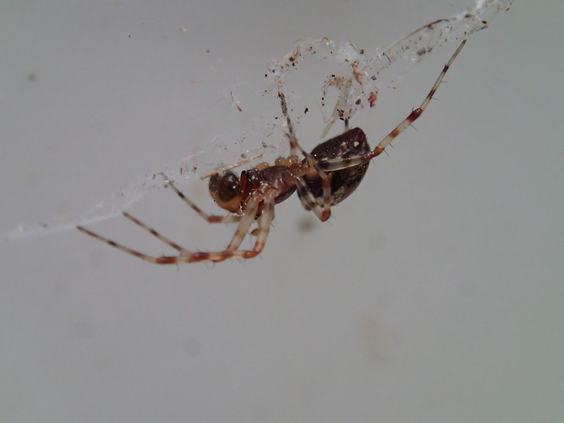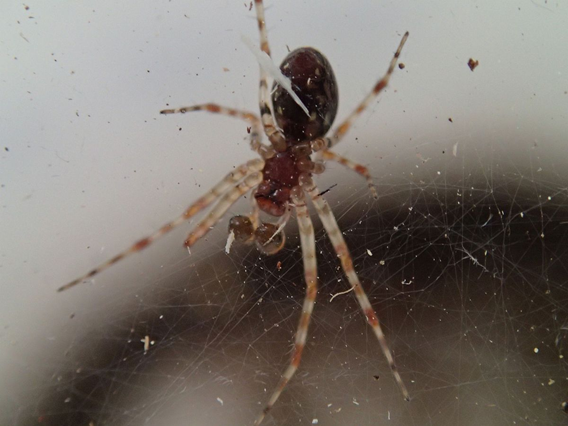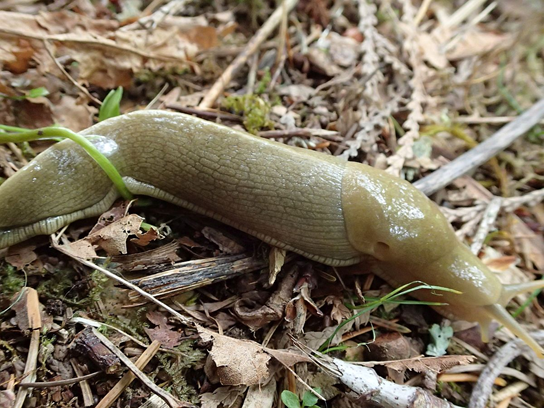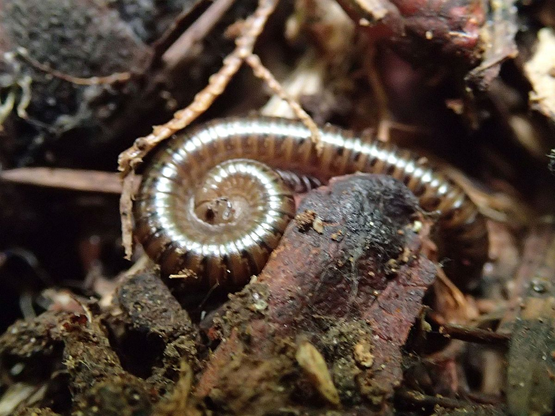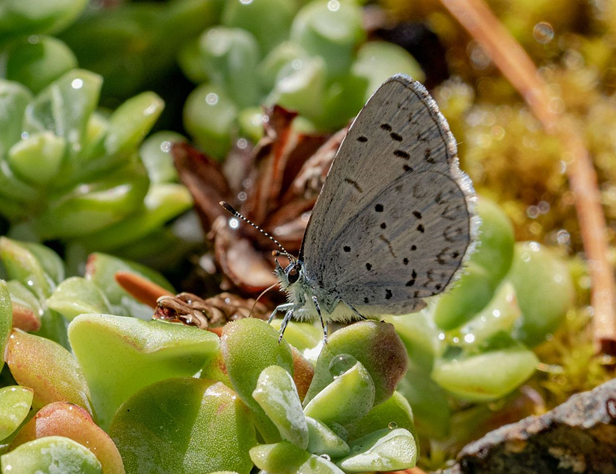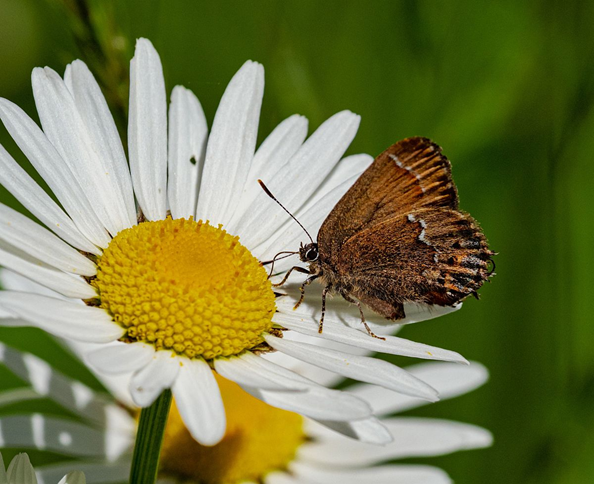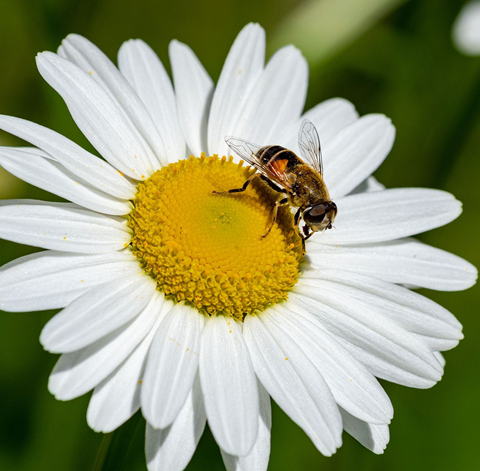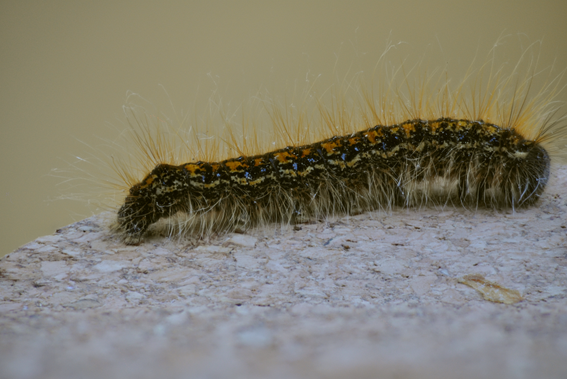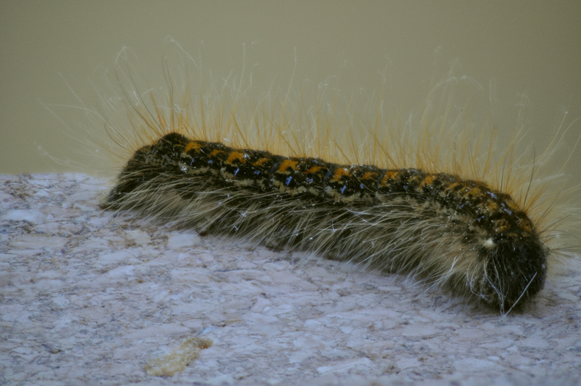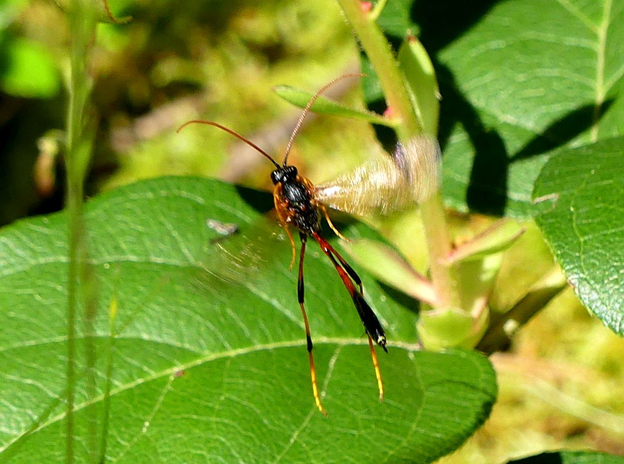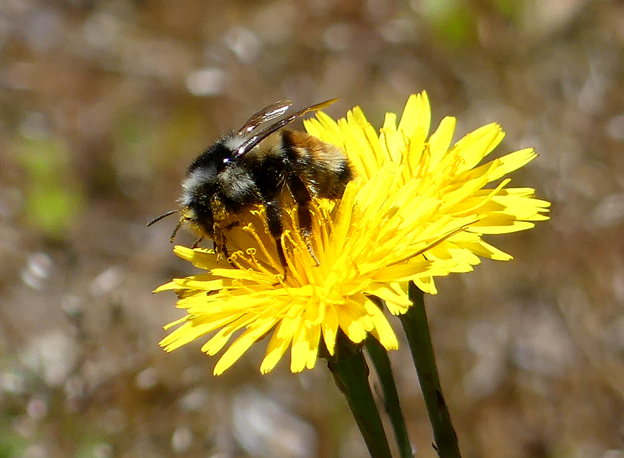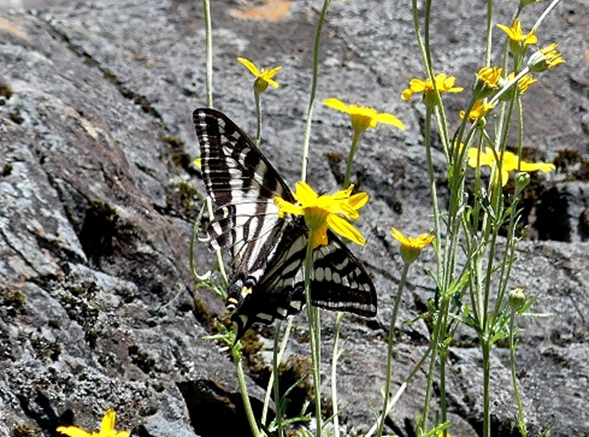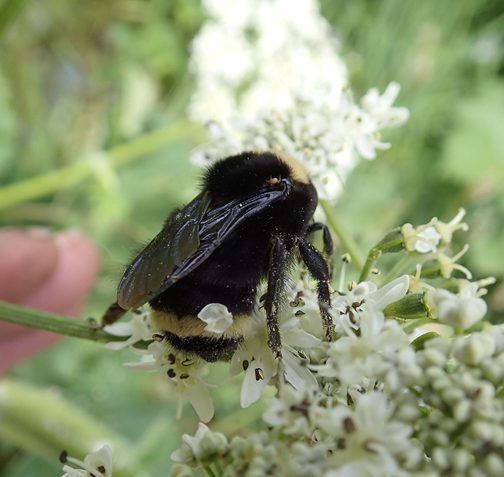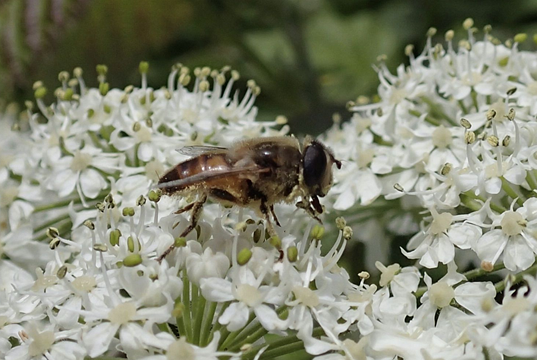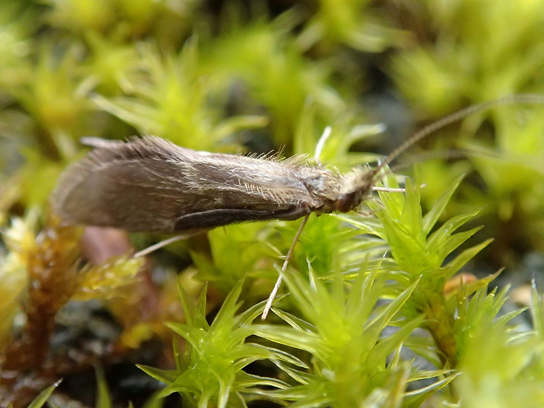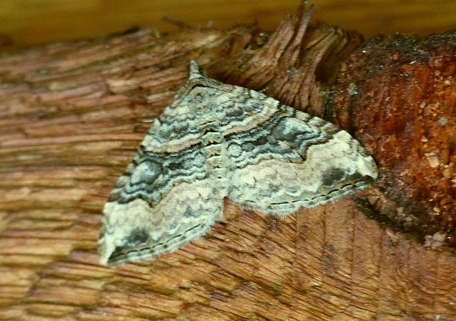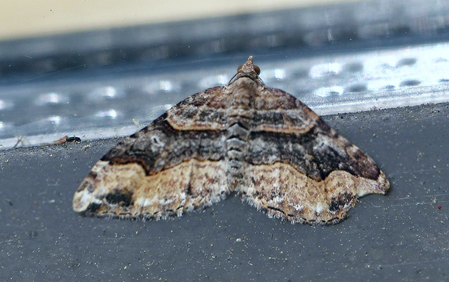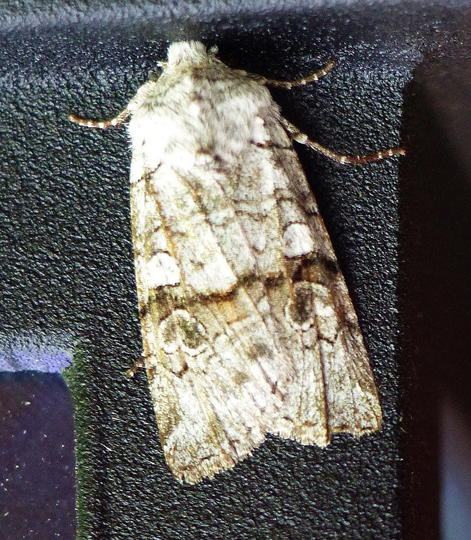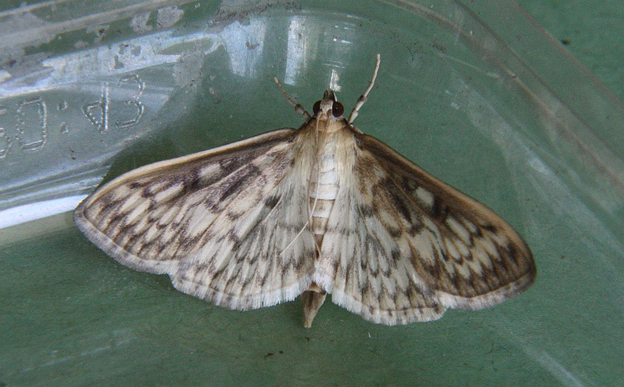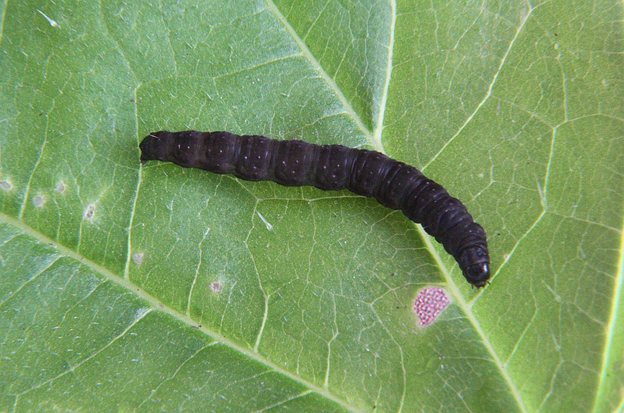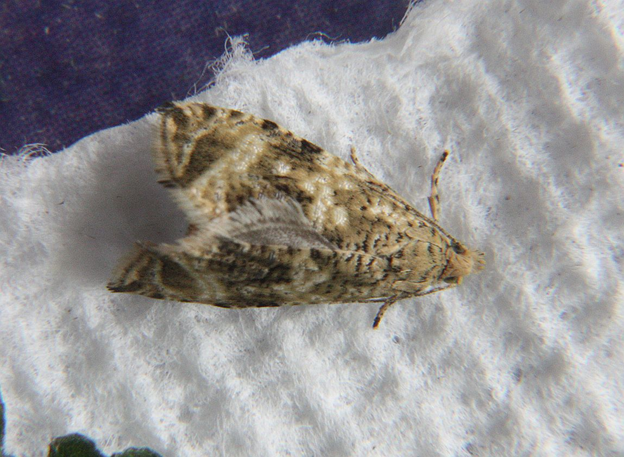2021 June 1
Val George writes: I saw this moth at Island View Beach yesterday, May 30. It looks like a Xanthorhoe moth to me. Jeremy Tatum responds: To me, too. I think X. defensaria.


Xanthorhoe defensaria (Lep.: Geometridae) Val George
Steven Roias found this caterpillar of a Mouse Moth Amphipyra tragopoginis in his Saanich yard.

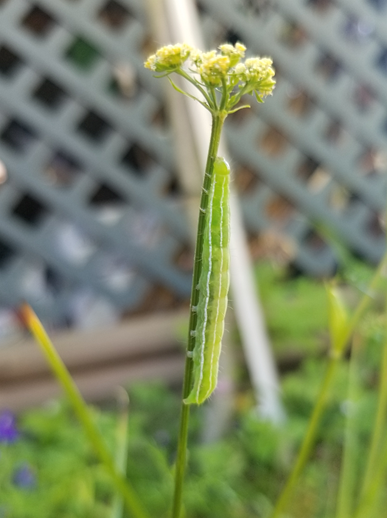
Mouse Moth Amphipyra tragopoginis (Lep.: Noctuidae) Steven Roias
Jeremy Tatum shows a photograph of a Spilosoma virginica, reared from a caterpillar last year, the adult released yesterday at Rithet’s Bog. The caterpillar of this moth is the familiar Yellow Woolly Bear.


Spilosoma virginica (Lep.: Erebidae – Arctiinae) Jeremy Tatum
Jochen Möhr writes from Metchosin:
This morning at the black light –
1 Plagodis phlogosaria
1 Tyria jacobaeae
Jeff Gaskin writes: Yesterday, May 31, on Mount Tolmie there were at least 4 Painted Ladies and 1 Pale Tiger Swallowtail as well as a few Cabbage Whites. Today, June 1, a walk along Hector Road produced the following butterflies : at least 8 Pale Tiger Swallowtails, 3 or 4 Western Tiger Swallowtails, a Lorquin’s Admiral, a Red Admiral as well as a number of Cabbage Whites. Kirsten Mills tells me she was up Mount Tolmie about noon today, June 1, and saw a total of 6 Lady butterflies. She thought one may have been a West Coast Lady but wasn’t sure. Also up on the hill was a Red Admiral, a Lorquin’s Admiral, 2 Anise and 6 Pale Tiger Swallowtails and 2 Propertius Duskywings.
Jeremy Tatum writes: Bill Savale and I visited the railway line north of Cowichan Station on June 1, and we saw: 6 Western Tiger Swallowtails, 1 Pale Tiger Swallowtail, 3 Margined Whites, 1 Satyr Comma, 1 Western Spring Azure.

